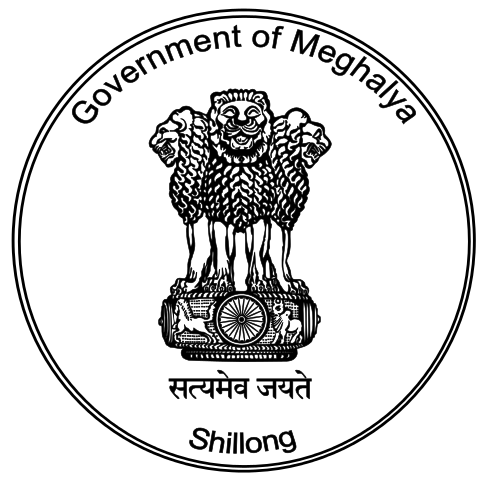
Meghalaya meaning "abode of clouds"; is a state in northeastern India. Meghalaya was formed by carving out two districts from the state of Assam: the United Khasi Hills and Jaintia Hills, and the Garo Hills on 21 January 1972. Meghalaya was previously part of Assam, but on 21 January 1972, the districts of Khasi, Garo and Jaintia hills became the new state of Meghalaya. The population of Meghalaya as of 2016 is estimated to be 3,211,474. Meghalaya covers an area of approximately 22,430 square kilometres, with a length-to-breadth ratio of about 3:1
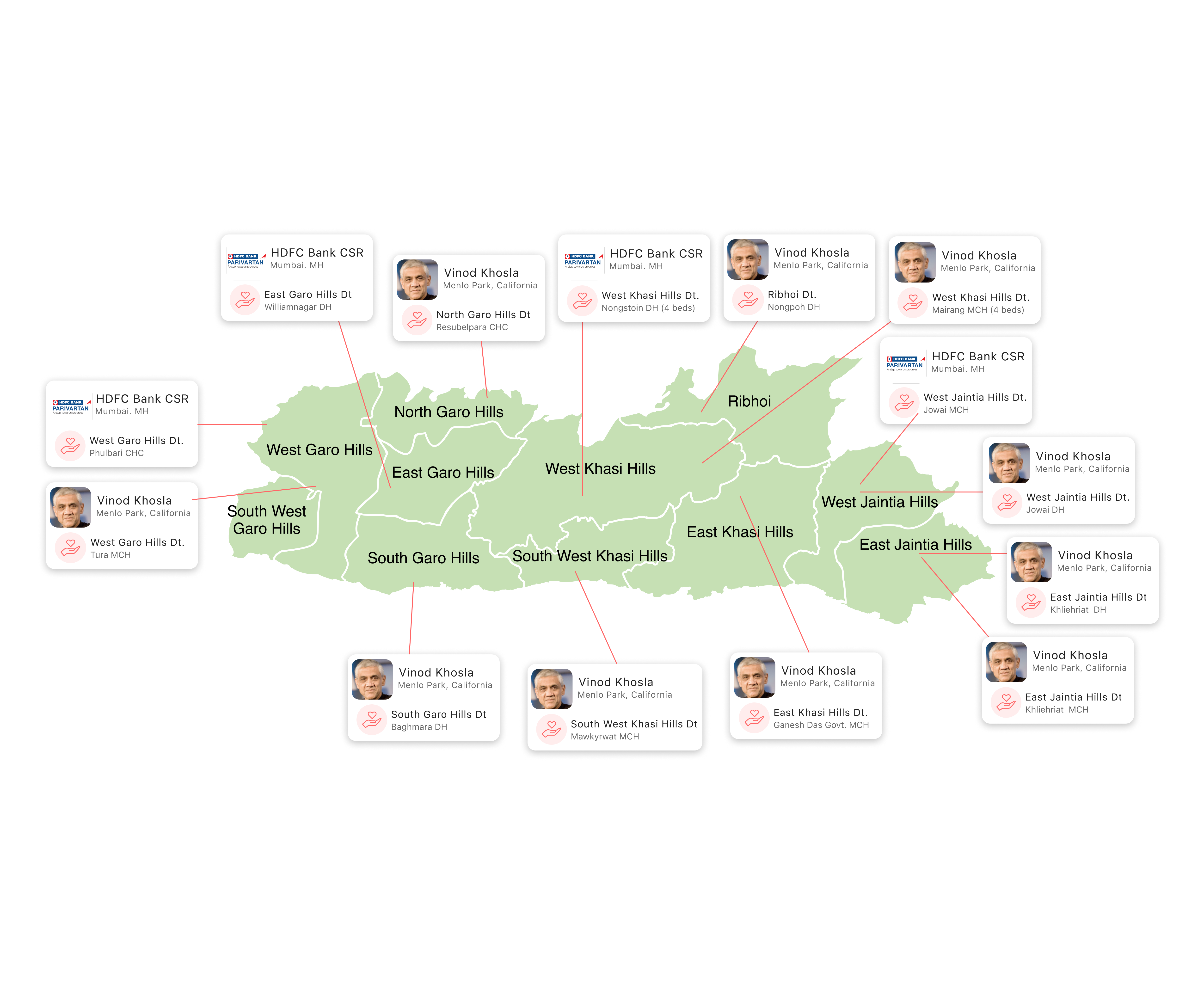
Hospital Status
Williamnagar Civil Hospital, East Garo Hills
SITE
EQUIPMENT
TECHNOLOGY
Khliehriat DH, East Jaintia Hills
SITE
EQUIPMENT
TECHNOLOGY
Khliehriat MCH, East Jaintia Hills
SITE
EQUIPMENT
TECHNOLOGY
Ganesh Das Govt. MCH, East Khasi Hills
SITE
EQUIPMENT
TECHNOLOGY
Resubelpara CHC, North Garo Hills
SITE
EQUIPMENT
TECHNOLOGY
Nongpoh Civil Hospital, Ribhoi
SITE
EQUIPMENT
TECHNOLOGY
Baghmara Civil Hospital, South Garo Hills
SITE
EQUIPMENT
TECHNOLOGY
Mawkyrwat 100 bedded/ MCH, South West Khasi Hills
SITE
EQUIPMENT
TECHNOLOGY
Tura MCH, West Garo Hills
SITE
EQUIPMENT
TECHNOLOGY
Phulbari CHC, West Garo Hills
SITE
EQUIPMENT
TECHNOLOGY
Jowai MCH, West Jaintia Hills
SITE
EQUIPMENT
TECHNOLOGY
Jowai DH, West Jaintia Hills
SITE
EQUIPMENT
TECHNOLOGY
Nongstoin DH / CH, West Khasi Hills
SITE
EQUIPMENT
TECHNOLOGY
Mairang MCH / CH, West Khasi Hills
SITE
EQUIPMENT
TECHNOLOGY
Project Management Unit
A Project Management Unit, PMU, is set up at the state level. The PMU is responsible for planning, administering, and supervising the implementation of the Project. The PMU consist of senior officials from the Government and the 10BedICU partners.
 Dr. Joram Beda, IAS
Dr. Joram Beda, IASCommissioner & Secretary, Health and Family Welfare Dept. Govt. of Meghalaya
 Dr Ebenezer War
Dr Ebenezer WarJoint Director DHS (MI)
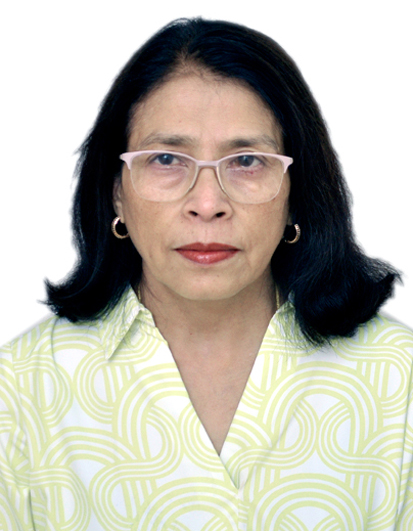 Dr Duiatra Pde
Dr Duiatra PdeSr Specialist Pediatrics, Ganesh Das Got, MCH Hospital
 Dr. K Marbaniang
Dr. K MarbaniangSr Specialist Medicine CHS
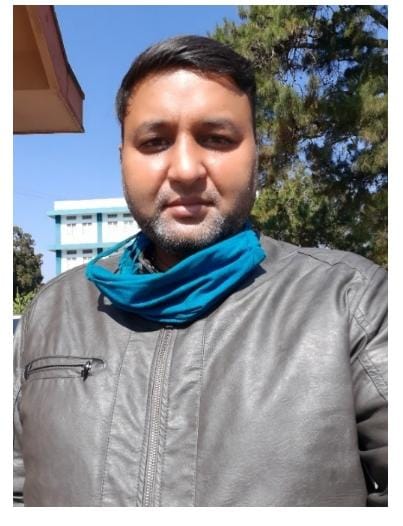 Dr. Keshav Sharma
Dr. Keshav SharmaUNICEF Consultant
 Shri R.A Wanniang
Shri R.A WanniangExecutive Engineer, Health Engineering Wing
 Shri Kyrshan Dhar
Shri Kyrshan DharHealth System Strengthening Coordinator, NHM, Meghalaya
 Shri Mac G L Nongpiur
Shri Mac G L NongpiurState MCTS Coordinator,National Health Mission, Meghalaya
 Shri Srikanth Nadhamuni,
Shri Srikanth Nadhamuni,Managing Trustee, eGov
 Dr. Sudarshan
Dr. SudarshanFounder of Vivekananda Girijana Kalyana Kendra and Karuna Trust
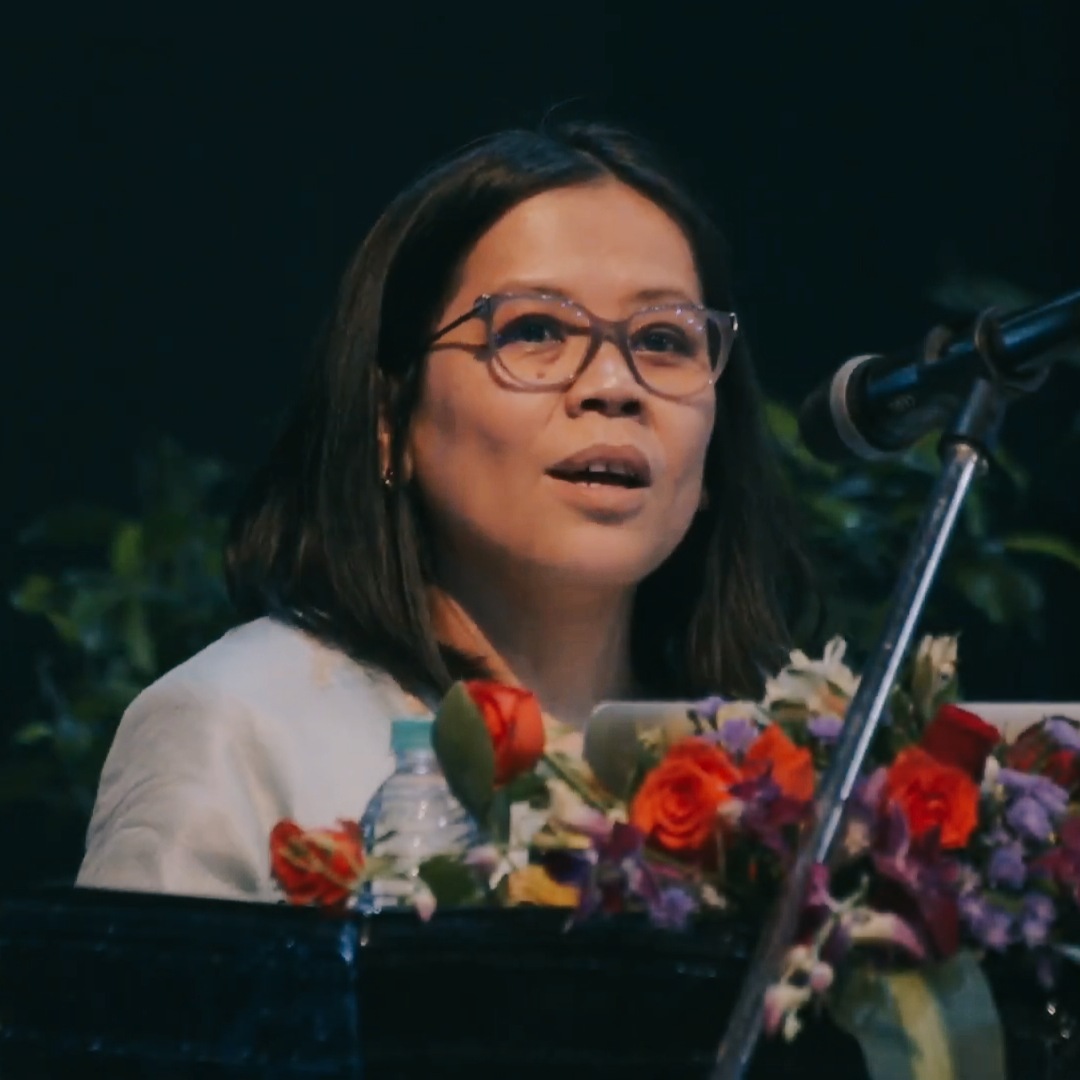 Bisoya Loitongbam
Bisoya LoitongbamDirector, 10BedICU Project
10 Bed ICU's in Meghalaya

Shri. Raksin P. Marak, IAS
District Collector

Donor

HDFC Bank CSR
East Garo Hills District was upgraded from a sub-division to a full-fledged district in 1976, after the erstwhile Garo Hills District was reorganised with a view to bring the administration closer to the people. In 2012 East Garo Hills District was further reorganised to form a new district out of the erstwhile Resubelpara Sub-Division. The District is bounded by South Garo Hills on the south, West Garo Hills on the west, West Khasi Hills on the east and North Garo Hills on the north. The headquarter-complex, Williamnagar is a neatly planned township, christened after Captain Williamson A. Sangma, the first Chief Minister of the State of Meghalaya. Williamnagar now has all the amenities of a modern town and is the largest growth centre in Garo Hills, next to Tura.

Shri. Shivansh Awasthi, IAS
District Collector
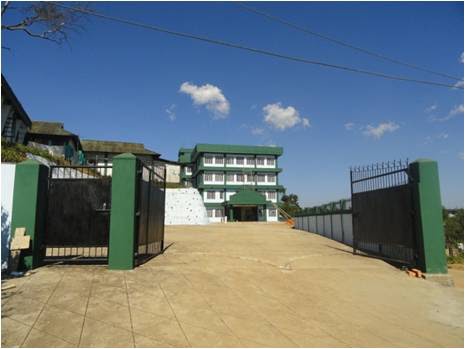
Donor
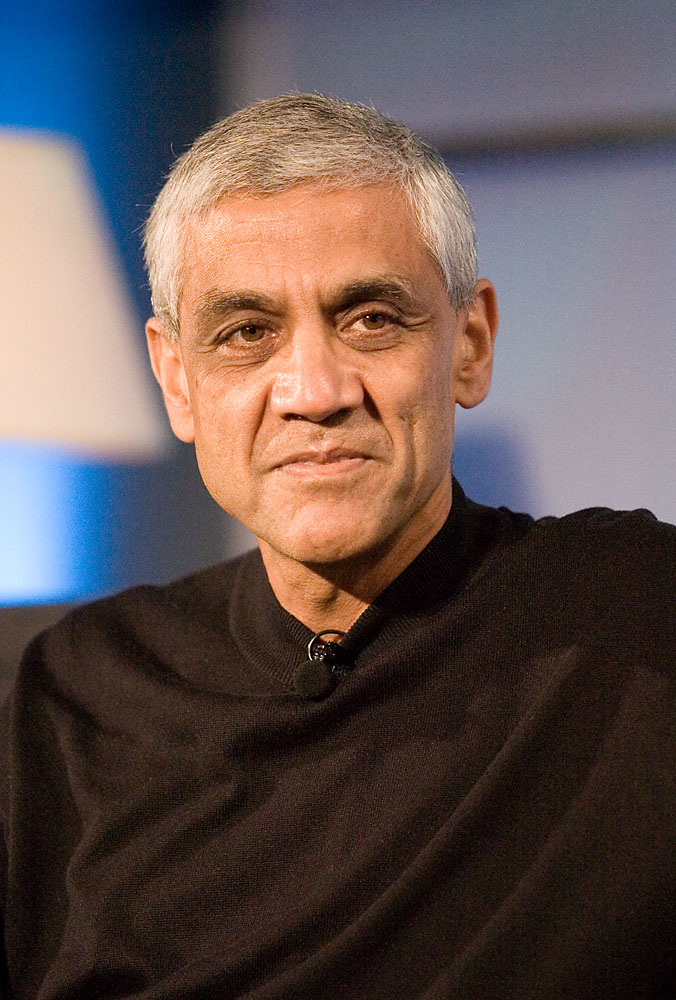
Vinod Khosla
Menlo Park, California
East Jaintia Hills District is one of the 11 (eleven) districts of the state of Meghalaya. With the bifurcation of the erstwhile Jaintia Hills District into East and West Jaintia Hills District, East Jaintia Hills District came into existence on 31st July 2012 with its Head Quarter at Khliehriat. East Jaintia Hills is the home of one of the major tribes of the state of Meghalaya popularly known as the âJaintiasâ or the âPnarsâ and other sub tribes like the âWarsâ and the âBiatesâ. It comprises all the village of two community and rural development blocks viz. Saipung community & Rural Development Block and Khliehriat community & Rural Development Block. East Jaintia Hills District was upgraded from the erstwhile Khliehriat Civil Sub-Division. Prior to the establishment of a Sub-Division, there was an Administrative Unit set up in August 14, 1976 with an objective to bring administration closer to the people at the grass-root level. After five and a half year, the unit was upgraded into a full-fledged Civil Sub-Division in May 27, 1982 with the Sub-Divisional Officer as an administrative head and then upgraded to a District on 31st July 2012 when Meghalaya Government took ample steps to create four more districts in 2012. East Jaintia Hills District is located at the eastern most part of Meghalaya. It covers an area of 2040 sq. kms. It is bounded by Bangladesh in the South, North Cachar Hills District in the East and West Jaintia Hills District in the North and West. Its distance from the state capital is 97 kms and the National Highway 44 Connecting Shillong and the eastern part of Assam pass through the district.

Shri. Shivansh Awasthi, IAS
District Collector
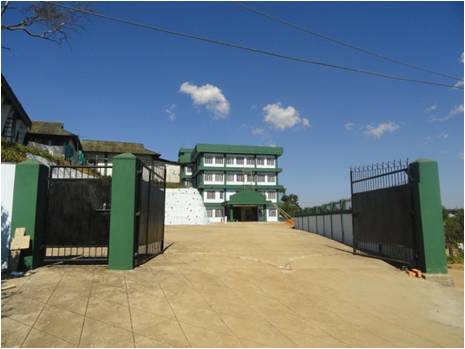
Donor

Vinod Khosla
Menlo Park, California
East Jaintia Hills District is one of the 11 (eleven) districts of the state of Meghalaya. With the bifurcation of the erstwhile Jaintia Hills District into East and West Jaintia Hills District, East Jaintia Hills District came into existence on 31st July 2012 with its Head Quarter at Khliehriat. East Jaintia Hills is the home of one of the major tribes of the state of Meghalaya popularly known as the âJaintiasâ or the âPnarsâ and other sub tribes like the âWarsâ and the âBiatesâ. It comprises all the village of two community and rural development blocks viz. Saipung community & Rural Development Block and Khliehriat community & Rural Development Block. East Jaintia Hills District was upgraded from the erstwhile Khliehriat Civil Sub-Division. Prior to the establishment of a Sub-Division, there was an Administrative Unit set up in August 14, 1976 with an objective to bring administration closer to the people at the grass-root level. After five and a half year, the unit was upgraded into a full-fledged Civil Sub-Division in May 27, 1982 with the Sub-Divisional Officer as an administrative head and then upgraded to a District on 31st July 2012 when Meghalaya Government took ample steps to create four more districts in 2012. East Jaintia Hills District is located at the eastern most part of Meghalaya. It covers an area of 2040 sq. kms. It is bounded by Bangladesh in the South, North Cachar Hills District in the East and West Jaintia Hills District in the North and West. Its distance from the state capital is 97 kms and the National Highway 44 Connecting Shillong and the eastern part of Assam pass through the district.
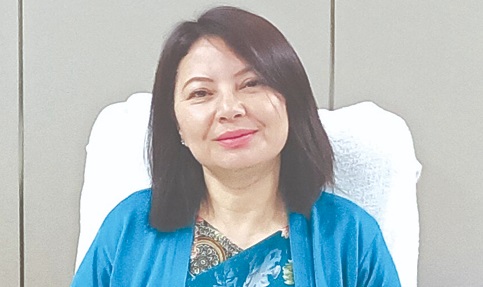
Smti. Rosetta Mary Kurbah, IAS
District Collector
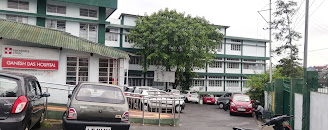
Donor

Vinod Khosla
Menlo Park, California
East Khasi Hills is an administrative district in the state of Meghalaya in India. Khasi (Ka Ktien Khasi) is an Austroasiatic language spoken primarily in Meghalaya state in India by the Khasi people. The district headquarters are located at Shillong. The district occupies an area of 2752 km² and has a population of 825,922. As of 2011 it is the most populous district of Meghalaya. The headquarters of the district, Shillong which is also the capital city of State, is connected to Guwahati and Silchar by NH 44 of 103 km and 240 km respectively. The nearest Rail head and airport are situated at Guwahati. There is an airstrip suitable for small aircraft at Umroi which is 35 km from Shillong. The agricultural and other products are transported by trucks, jeeps and tractors. Shillong is well connected with other parts of the State by motorable road. Similarly, all the block headquarters in the district are also connected by roads. However, the villages in the interior areas are poorly connected and transport services are inadequate.

Dr. Abhishek Saini, IAS
District Collector

Donor

Vinod Khosla
Menlo Park, California
The district of North Garo Hills forms the Northern most part of the Garo Hills region of the state of Meghalaya and it is the gateway to the entire region as it shares a long border with the neighbouring state of Assam. The population is a mixture of indigenous Garo tribes along with other minor tribes comprising of Rabhas, Hajongs, Kacharis and Boros. The climate is sub tropical with adequate rainfall. The people are an ethnic mix of Indo-Burmese-Tibetan ancestry. The district occupies an area of 1,113 km² and has a population of 1,18,325.
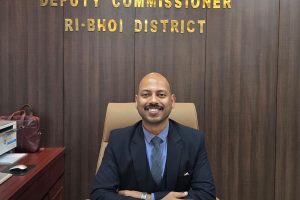
Shri. Abhilash Baranwal, IAS
District Collector
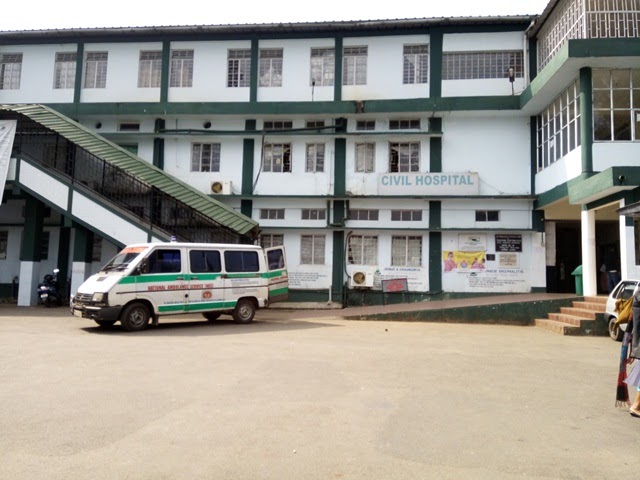
Donor

Vinod Khosla
Menlo Park, California
Ri Bhoi District came into existence and assumed the hierarchical status of the District on the 4th June 1992 by upgrading the former Civil Sub-Division. The District was carved out from the erstwhile East Khasi Hills District . Nongpoh is the District headquarter and as well as that of Nongpoh Sirdarship. Ri Bhoi District contains an area of 2448.00 Sq.KMS excluding the geographical areas under the erstwhile Nongwah Syiemship and other places which fall under the âAreas of Differencesâ between Assam and Meghalaya. The Bhois of Ri Bhoi District are the Sub â group of the main Khasi Tribe. The majority of the Bhois speak the Bhoi dialect, although they use the Khasi dialect as a major subject in their schools. In Ri Bhoi District, there are other groups of tribes viz, Garos, who speak the Tibeto â Burman groups of language, whereas the Karbis, Marngars, Mikirs, Bodos and Lalungs use Assamese as their Lingua Franca. Some speak and write Khasi too. The Bhois follow the matrilenial system. Children bear the title of the mother and she is the safe keeper of all properties owned by her parents.
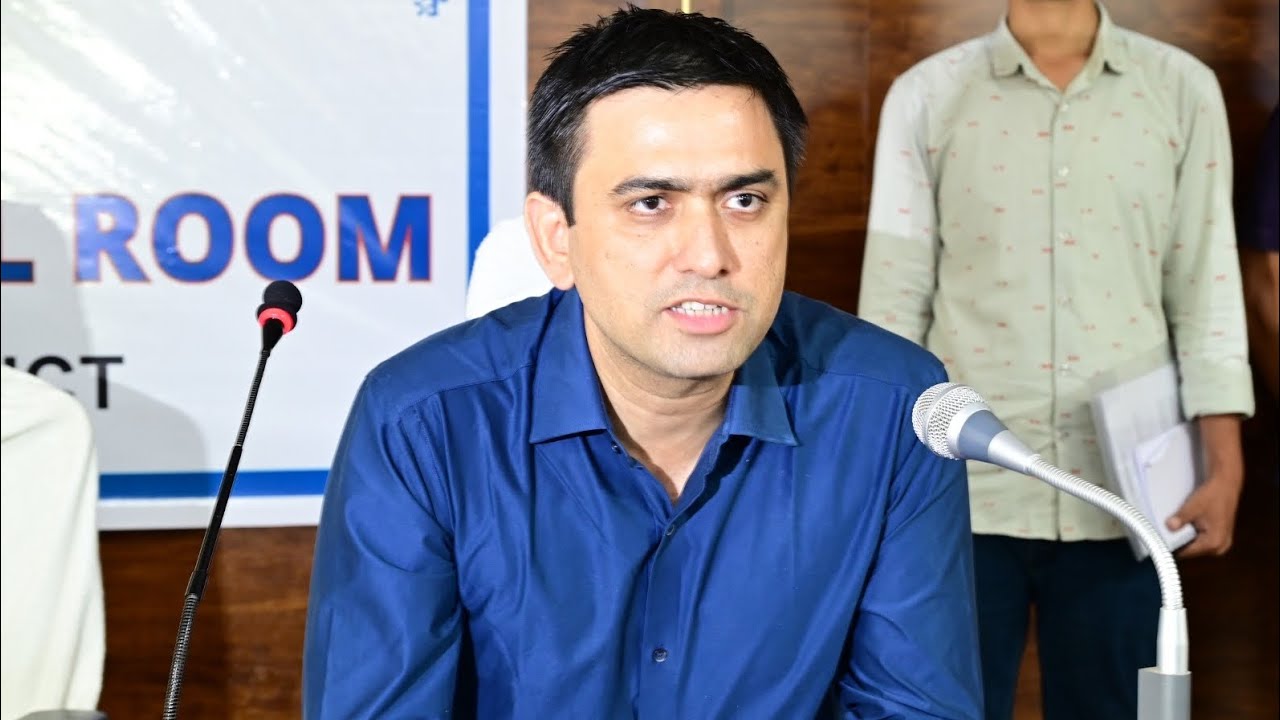
Shri. Sumit Kumar Singh, IAS
District Collector
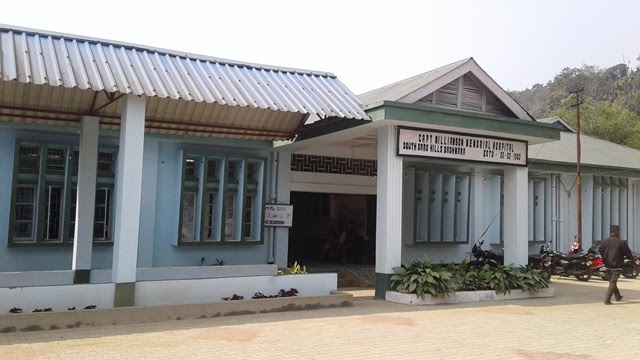
Donor

Vinod Khosla
Menlo Park, California
The South Garo Hills district lies in the southern part of the state of Meghalaya, and was created on 18th June, 1992 . The district is hilly with difficult terrain with its headquarter at Baghmara, the only town in the district. It is bounded in the North by East Garo Hills, in the East by the west Khasi Hills district, in the West by West Garo Hills district and in the South by Bangladesh. Garo society is matrilineal, and inheritance is through the mother. All children, as soon as they are born, belong to their mother's ma'chong. The Garo tribe is divided into five exogamous divisions called Chatchis (sometimes rendered as Katchis). Two of these are relatively unimportant in that they include an insubstantial part of the population. There are several places in the district that can be developed for tourism. Some of them are of historical importance; others are important because of their association with the cultural traditions of the Garo people and many of them again have deservedly earned fame for their scenic beauty. Much of the area still remain untouched, retaining almost intact the original flora and fauna. Garo hills known for its abundance of wild life, should interest naturalists and photographers to capture the facts of life of animals and the flora and fauna.
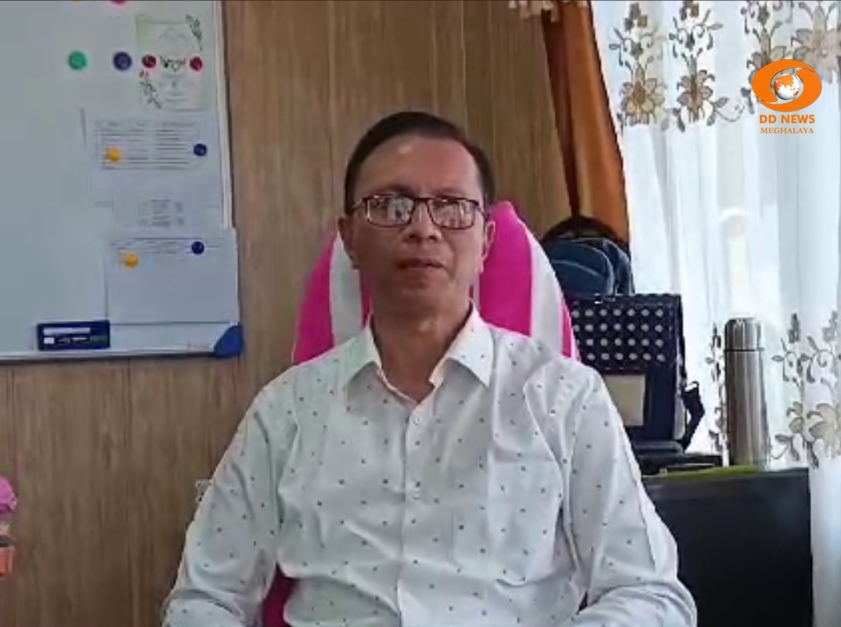
Shri. Barnari Mawlong, IAS
District Collector
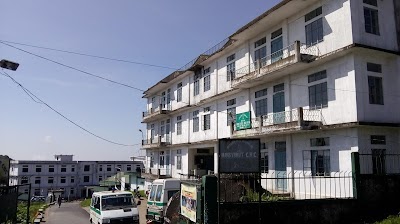
Donor

Vinod Khosla
Menlo Park, California
The South West Khasi Hills district was carved out of the West Khasi Hills district on 3 August 2012. The district headquarters is located at Mawkyrwat. The district occupies an area of 1,341 km². The district is compose all the villages of two Community & Rural Development Blocks viz. Ranikor and Mawkyrwat are Community & Rural Development Block, including 18 (Eighteen) Villages under Warsan Lyngdoh Gram Sevak Circle of Nongstoin in Community & Rural Development Block.
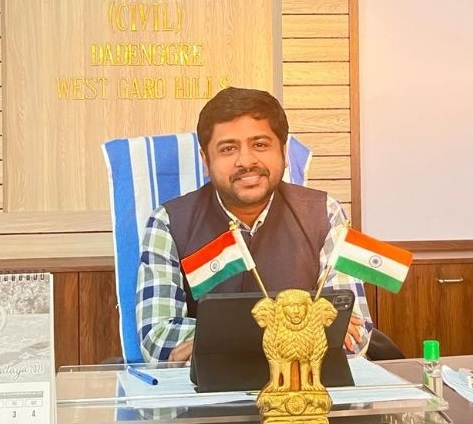
Shri. Vibhor Aggarwal, IAS
District Collector
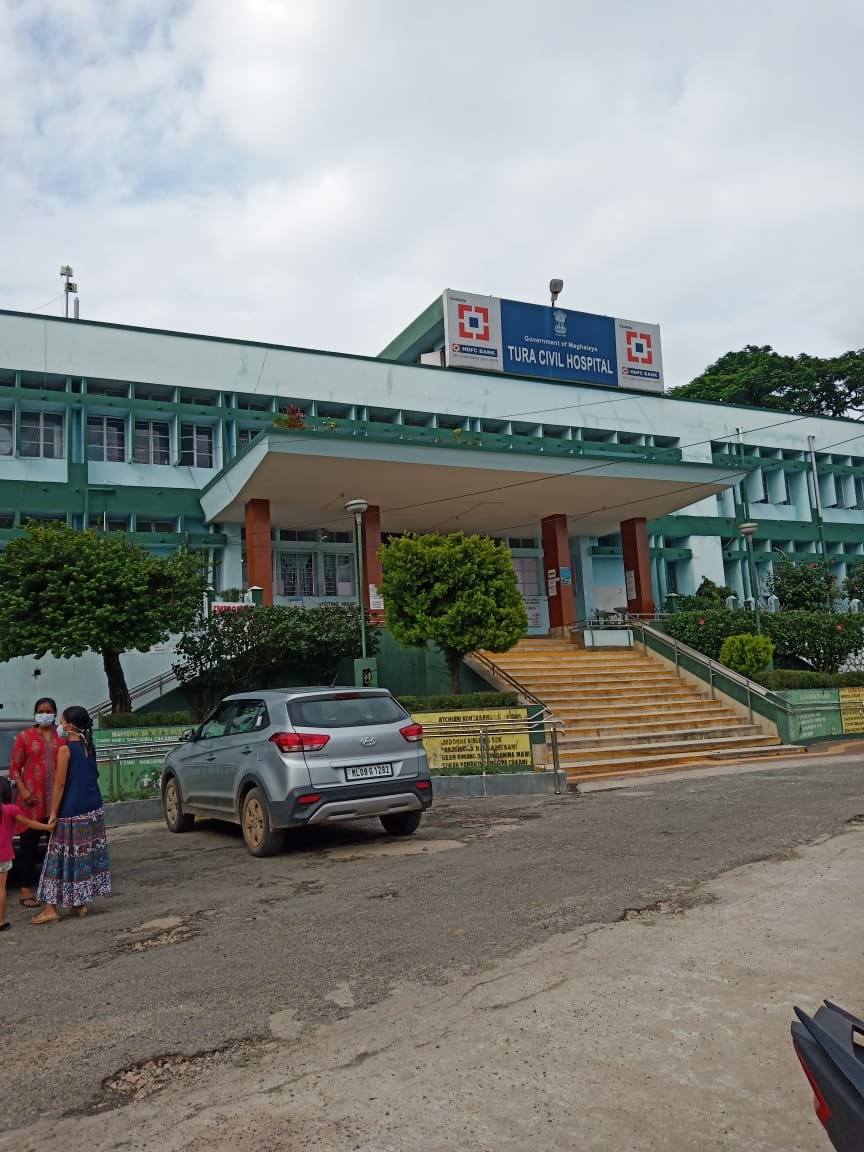
Donor

Vinod Khosla
Menlo Park, California
West Garo Hills is one of the largest district of Meghalaya located in the western part of the State. The Garo Hills district was divided into two districts, viz the West Garo Hills district and the East Garo Hills district in October 1976. The erstwhile West Garo Hills district was further divided into two administrative districts of West and South Garo Hills on June 1992. The district headquarters of West Garo Hills is Tura, which is the second largest town in the State after Shillong. The West Garo Hills district lies on the western part of the state of Meghalaya bounded by the East Garo Hills district on the east, the South Garo Hills on the south-east, the Goalpara district of Assam on the north and north-west and Bangladesh on the south. West Garo Hills district is pre-dominantly inhabited by the Garos, a tribe with a matrilineal society belonging to the Bodo family of the Tibeto-Burman race tribes. Other indigenous inhabitants are the Hajongs, Rabhas, Koches, Rajbansis, Meches, Kacharis and Dalus. The district is also inhabited by Bengalis, Assamese, Nepalese, Marwaries, Biharis and people from other parts of India.

Shri. Vibhor Aggarwal, IAS
District Collector
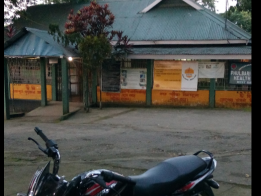
Donor

HDFC Bank CSR
West Garo Hills is one of the largest district of Meghalaya located in the western part of the State. The Garo Hills district was divided into two districts, viz the West Garo Hills district and the East Garo Hills district in October 1976. The erstwhile West Garo Hills district was further divided into two administrative districts of West and South Garo Hills on June 1992. The district headquarters of West Garo Hills is Tura, which is the second largest town in the State after Shillong. The West Garo Hills district lies on the western part of the state of Meghalaya bounded by the East Garo Hills district on the east, the South Garo Hills on the south-east, the Goalpara district of Assam on the north and north-west and Bangladesh on the south. West Garo Hills district is pre-dominantly inhabited by the Garos, a tribe with a matrilineal society belonging to the Bodo family of the Tibeto-Burman race tribes. Other indigenous inhabitants are the Hajongs, Rabhas, Koches, Rajbansis, Meches, Kacharis and Dalus. The district is also inhabited by Bengalis, Assamese, Nepalese, Marwaries, Biharis and people from other parts of India.
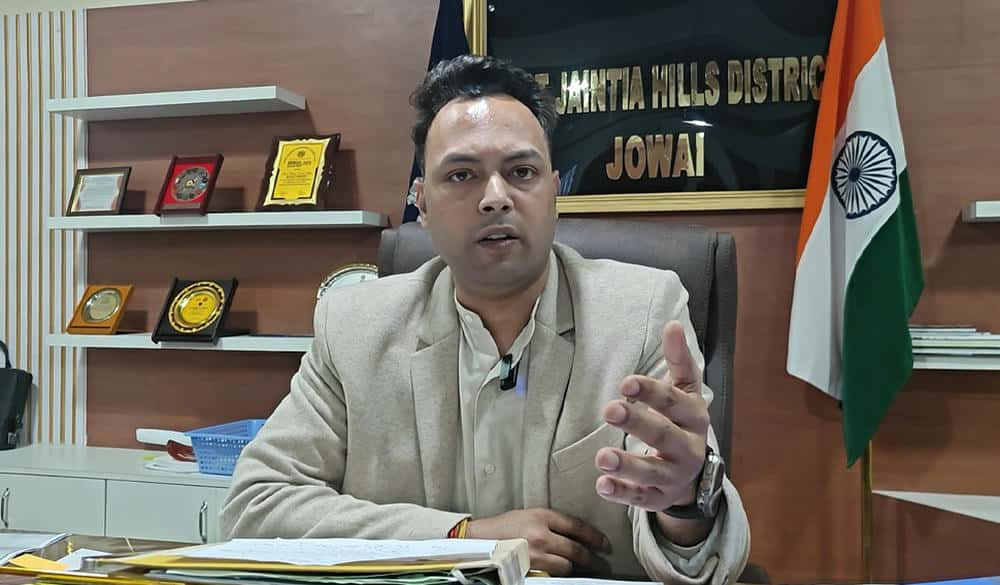
Shri. Abhinav Kumar Singh, IAS
District Collector
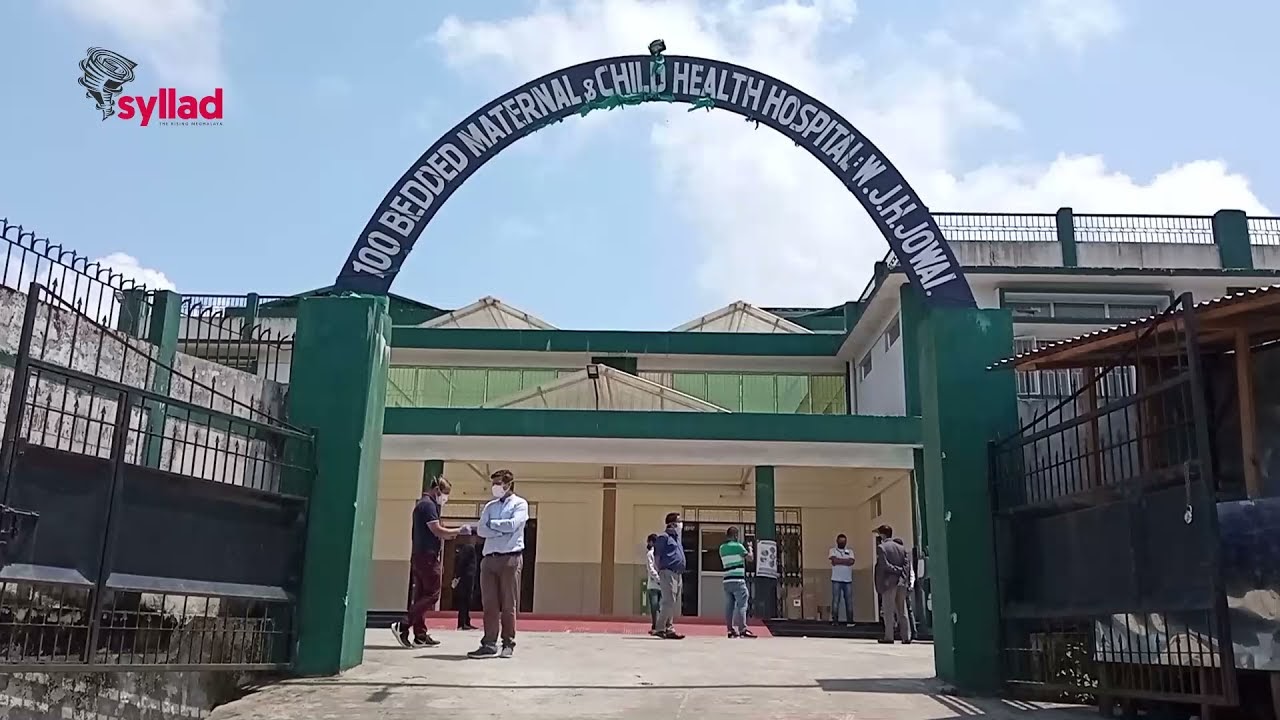
Donor

HDFC Bank CSR
West Jaintia Hills District is one of the 11 (eleven) districts of the state of Meghalaya. With the bifurcation of the erstwhile Jaintia Hills District into East and West Jaintia Hills District, West Jaintia Hills District came into existence on 31st July 2012 with its Head Quarter at Jowai. Jowai is the host of all the heads of important governmental offices and establishments, educational institutions, hospitals, banking institutions, etc The total area of the district is 1693 Sq.kms. The district comprises of 1(one) Civil Sub-Division Viz. Amlarem Civil Sub-Division and 3(three) Community and Rural Development Blocks viz. Amlarem C&RD Block, Laskein C&RD Block and Thadlaskein C&RD Block. West Jaintia Hills District is the home of one of the major tribes of Meghalaya popularly known as the âJaintiasâ or the âPnarsâ and other sub tribes like the wars, the âBhoisâ and the âBiatesâ. Like the Khasis, the Jaintias are believed to be remnants of the first Mongolian overflow into India. They established themselves in their present homeland in the remote past and owi ng primarily to their geographical isolation they succeeded in maintaining their independence until the consolidation of the British administration in this part of India.

Shri. Abhinav Kumar Singh, IAS
District Collector
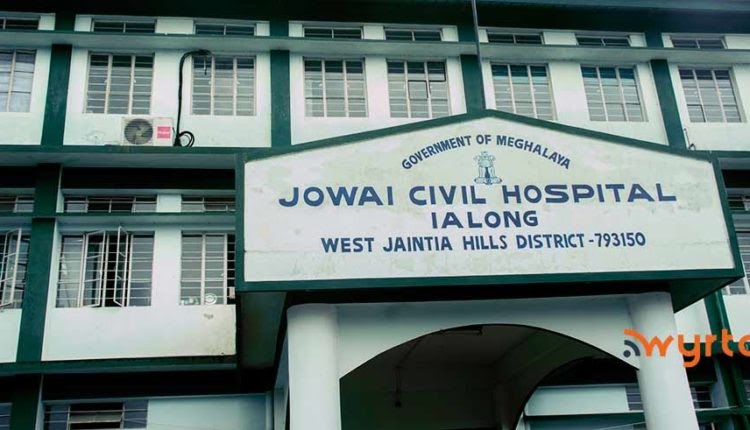
Donor

Vinod Khosla
Menlo Park, California
West Jaintia Hills District is one of the 11 (eleven) districts of the state of Meghalaya. With the bifurcation of the erstwhile Jaintia Hills District into East and West Jaintia Hills District, West Jaintia Hills District came into existence on 31st July 2012 with its Head Quarter at Jowai. Jowai is the host of all the heads of important governmental offices and establishments, educational institutions, hospitals, banking institutions, etc The total area of the district is 1693 Sq.kms. The district comprises of 1(one) Civil Sub-Division Viz. Amlarem Civil Sub-Division and 3(three) Community and Rural Development Blocks viz. Amlarem C&RD Block, Laskein C&RD Block and Thadlaskein C&RD Block. West Jaintia Hills District is the home of one of the major tribes of Meghalaya popularly known as the âJaintiasâ or the âPnarsâ and other sub tribes like the wars, the âBhoisâ and the âBiatesâ. Like the Khasis, the Jaintias are believed to be remnants of the first Mongolian overflow into India. They established themselves in their present homeland in the remote past and owi ng primarily to their geographical isolation they succeeded in maintaining their independence until the consolidation of the British administration in this part of India.
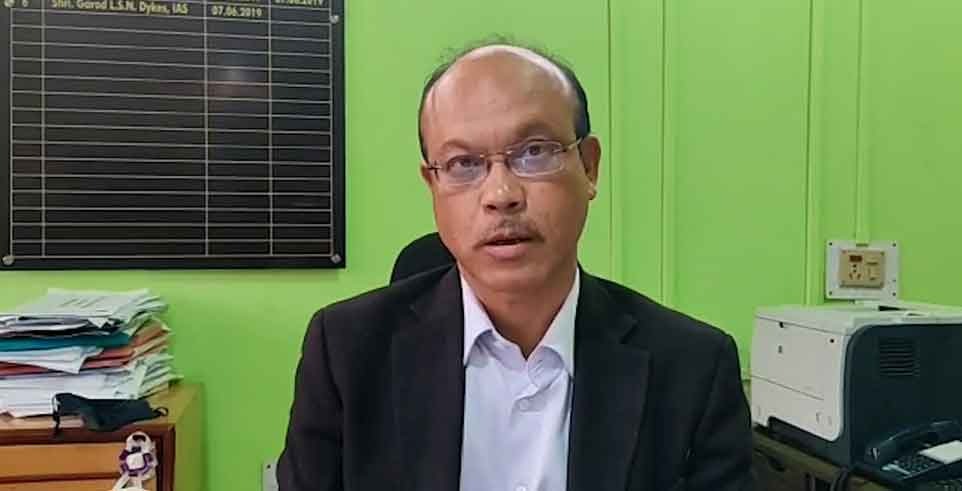
Shri. Garod LSN Dykes, IAS
District Collector
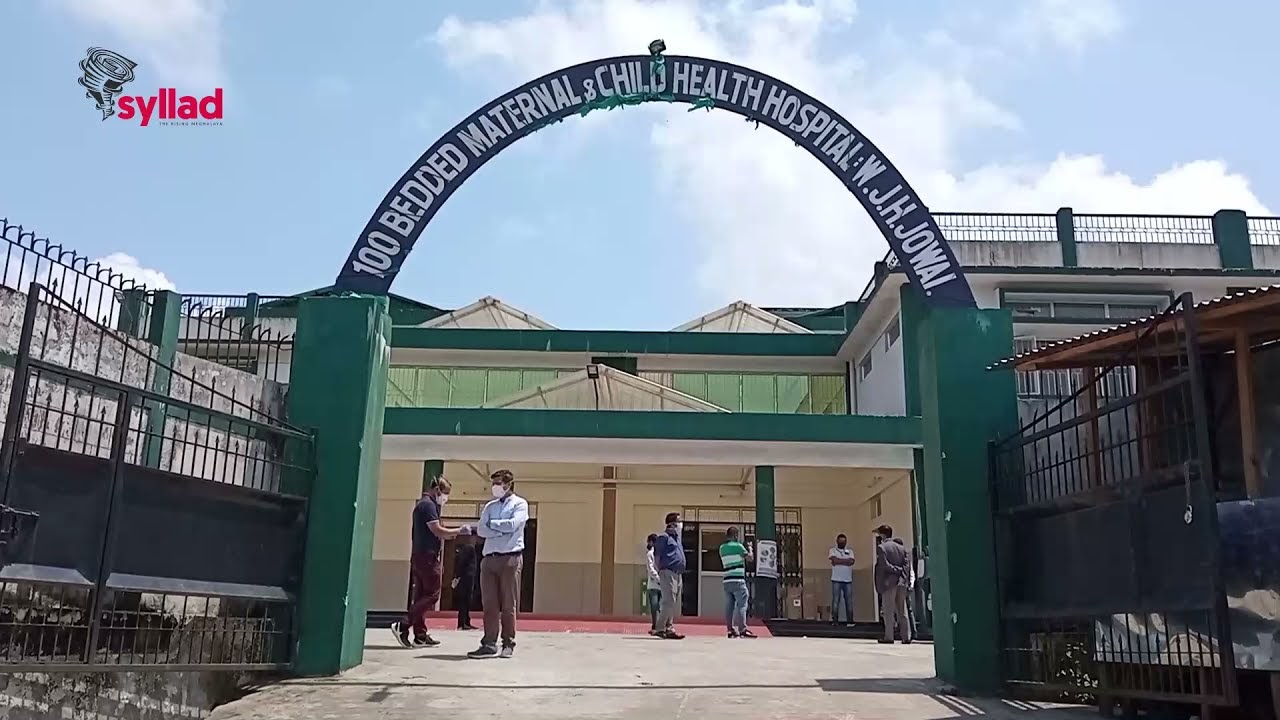
Donor

HDFC Bank CSR
West Khasi Hills District was carved out of the state of Meghalaya in the year 1976 on the 28 day of October which in fact is the largest of all the eleven districts in the state of Meghalaya and since its existence, it has been bifurcated into two Civil Sub-divisions and a new district in South West Khasi Hills. It spreads through the heart of the state running high with plateau ranges and low with rich plain lands. The District lies in the central part of the State of Meghalaya. It is bounded on the north-west by Kamrup district of Assam, on the north-east by Ri Bhoi district, on the east by East Khasi Hills district, on the south by Bangladesh and South West Khasi Hills district, the erstwhile Mawkyrwat Civil Sub division, on the west by East Garo and South Garo Hills districts. The district comprises an area of about 3911.22 sq.kms which is about 17 percent of the total area of the state. Nongstoin, covering an area of about 76.00 Sq. Kms, is the Headquarter of the District.

Shri. Garod LSN Dykes, IAS
District Collector
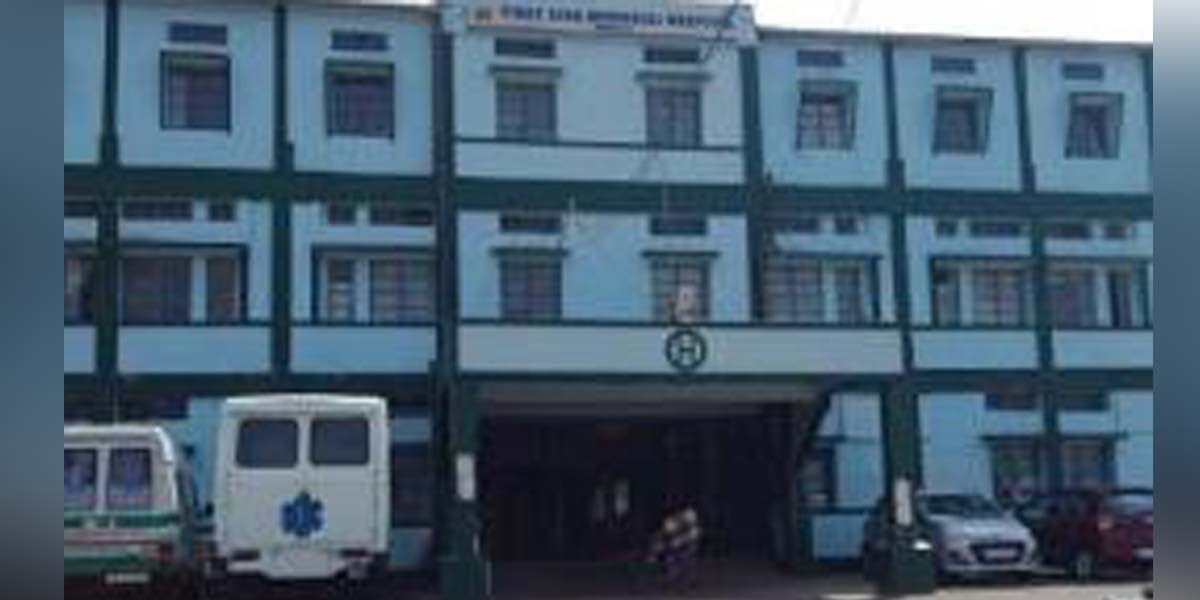
Donor

Vinod Khosla
Menlo Park, California
West Khasi Hills District was carved out of the state of Meghalaya in the year 1976 on the 28 day of October which in fact is the largest of all the eleven districts in the state of Meghalaya and since its existence, it has been bifurcated into two Civil Sub-divisions and a new district in South West Khasi Hills. It spreads through the heart of the state running high with plateau ranges and low with rich plain lands. The District lies in the central part of the State of Meghalaya. It is bounded on the north-west by Kamrup district of Assam, on the north-east by Ri Bhoi district, on the east by East Khasi Hills district, on the south by Bangladesh and South West Khasi Hills district, the erstwhile Mawkyrwat Civil Sub division, on the west by East Garo and South Garo Hills districts. The district comprises an area of about 3911.22 sq.kms which is about 17 percent of the total area of the state. Nongstoin, covering an area of about 76.00 Sq. Kms, is the Headquarter of the District.